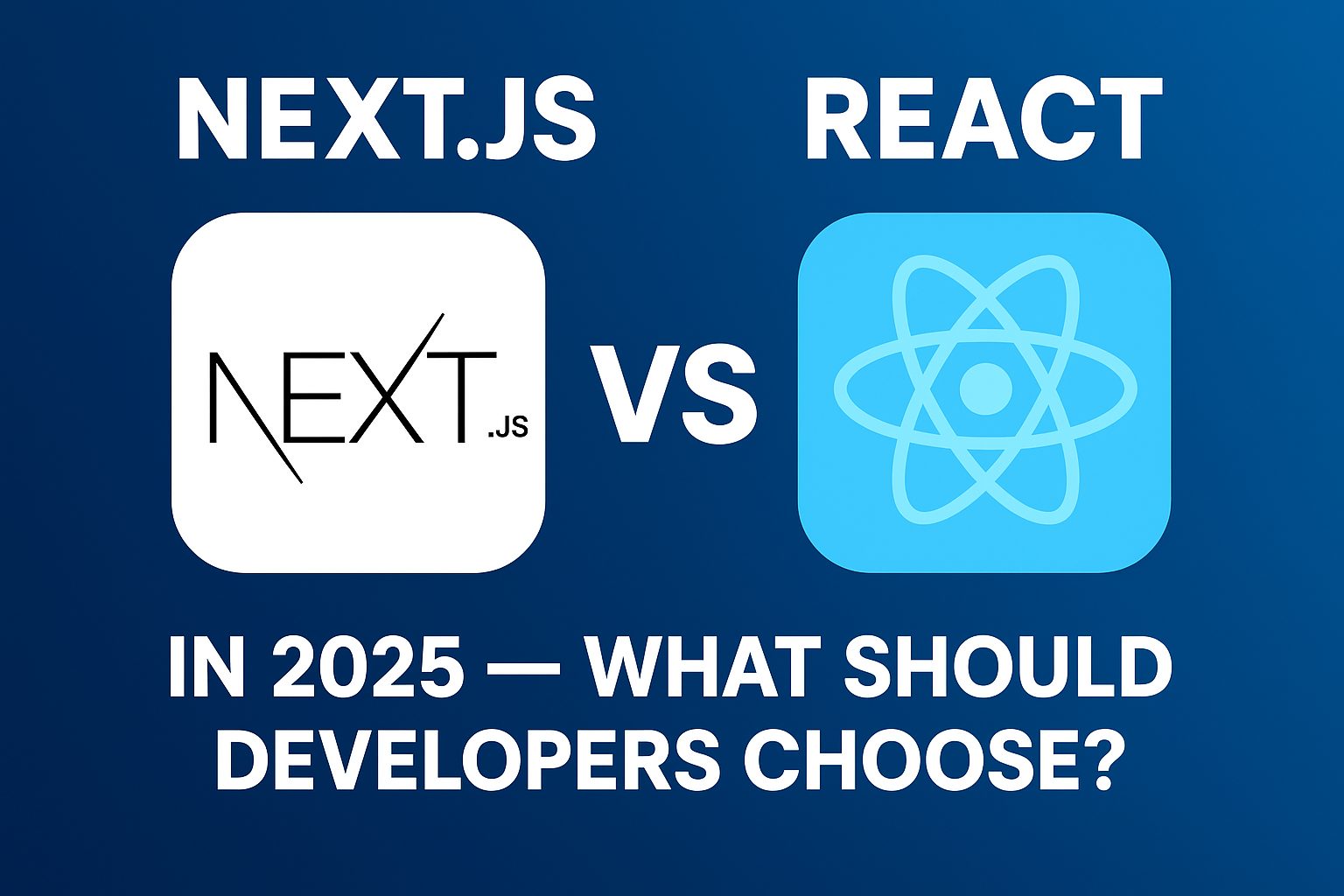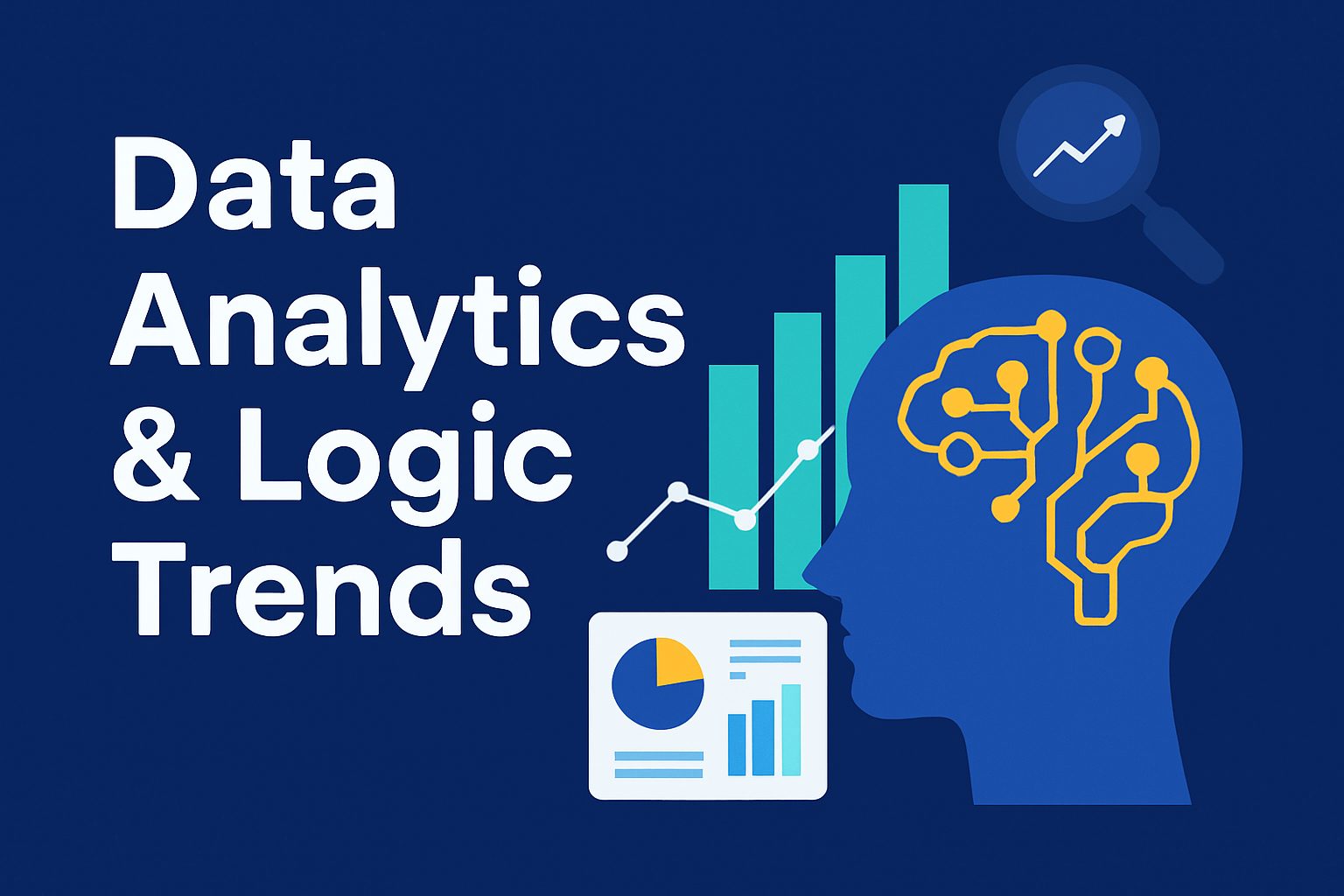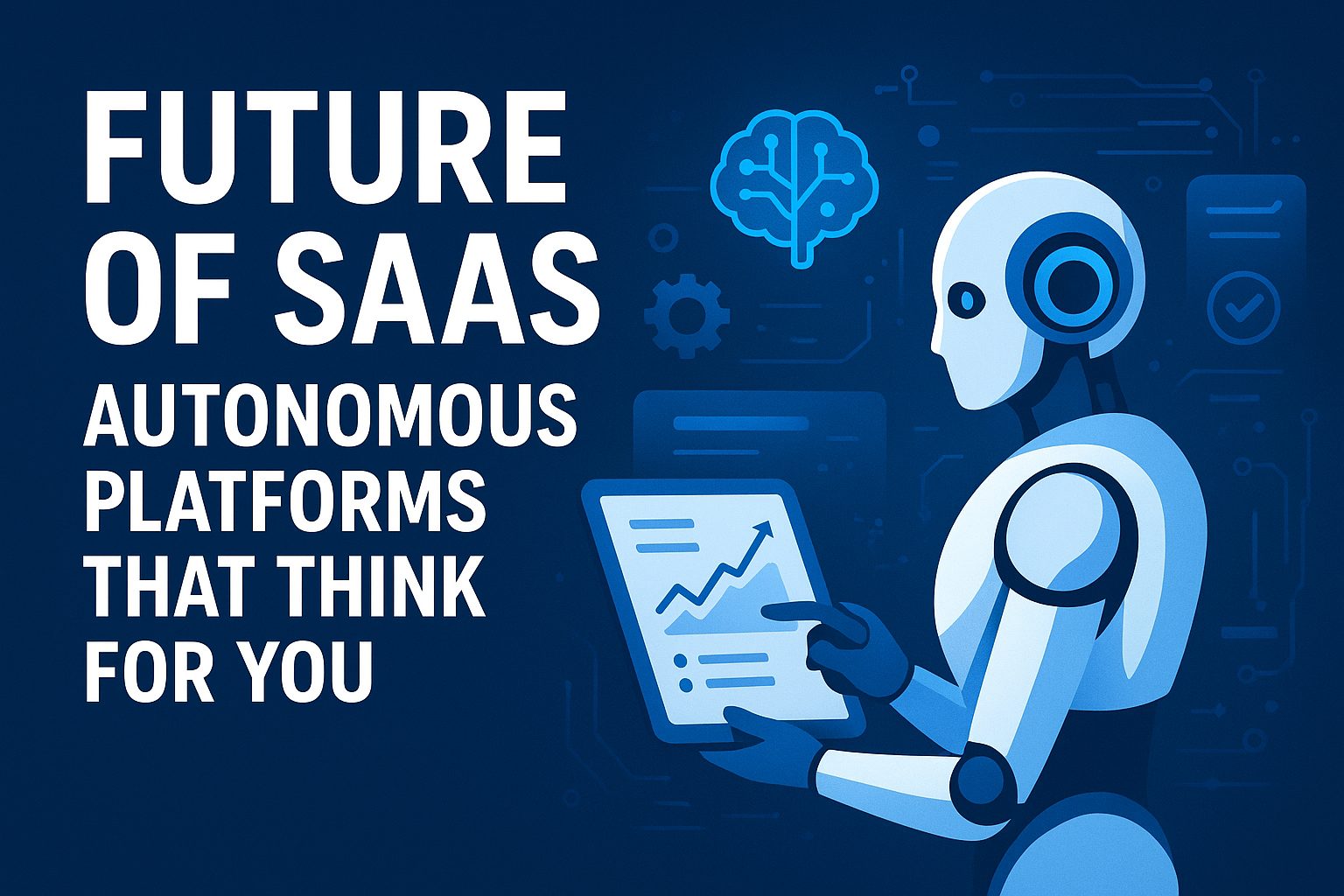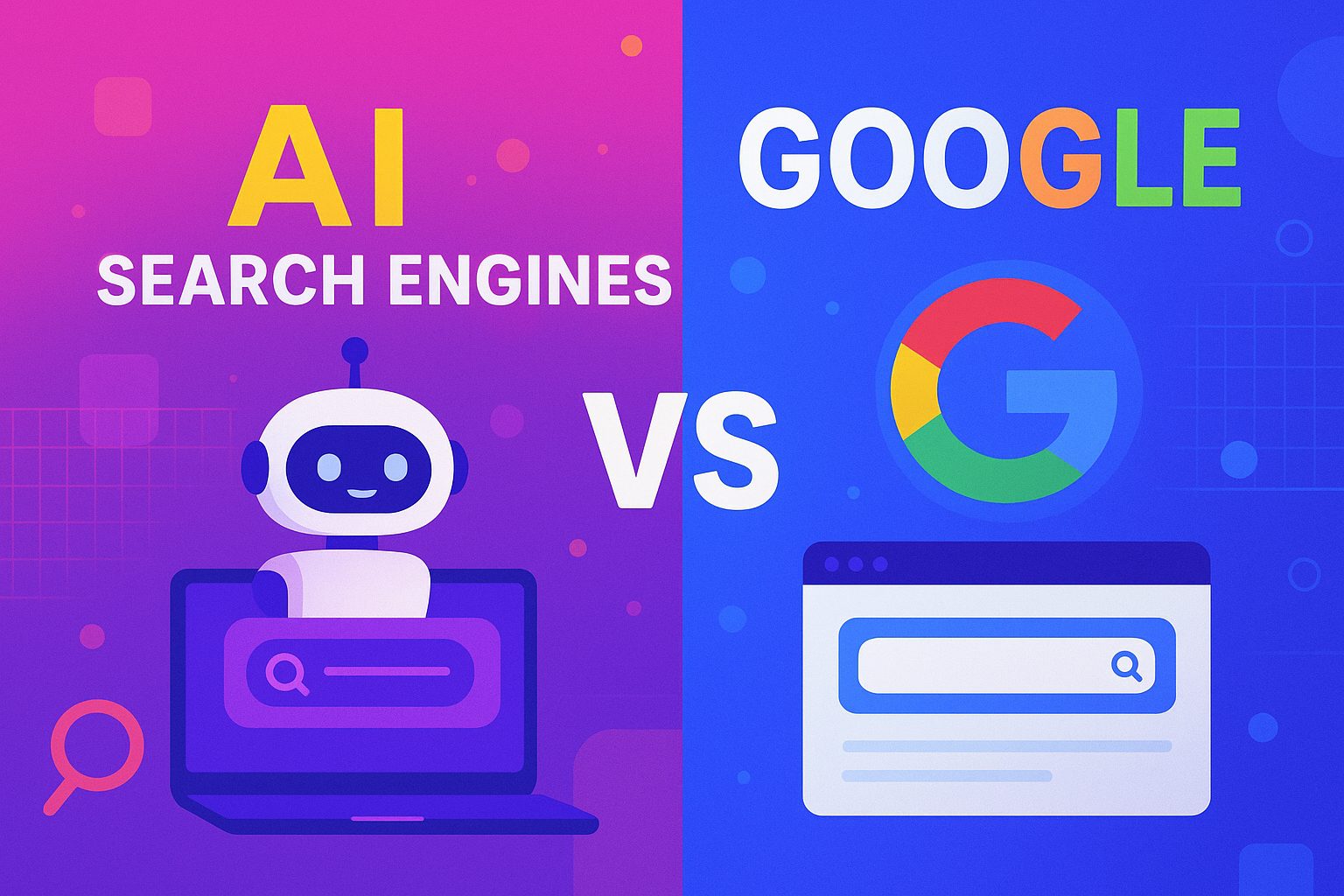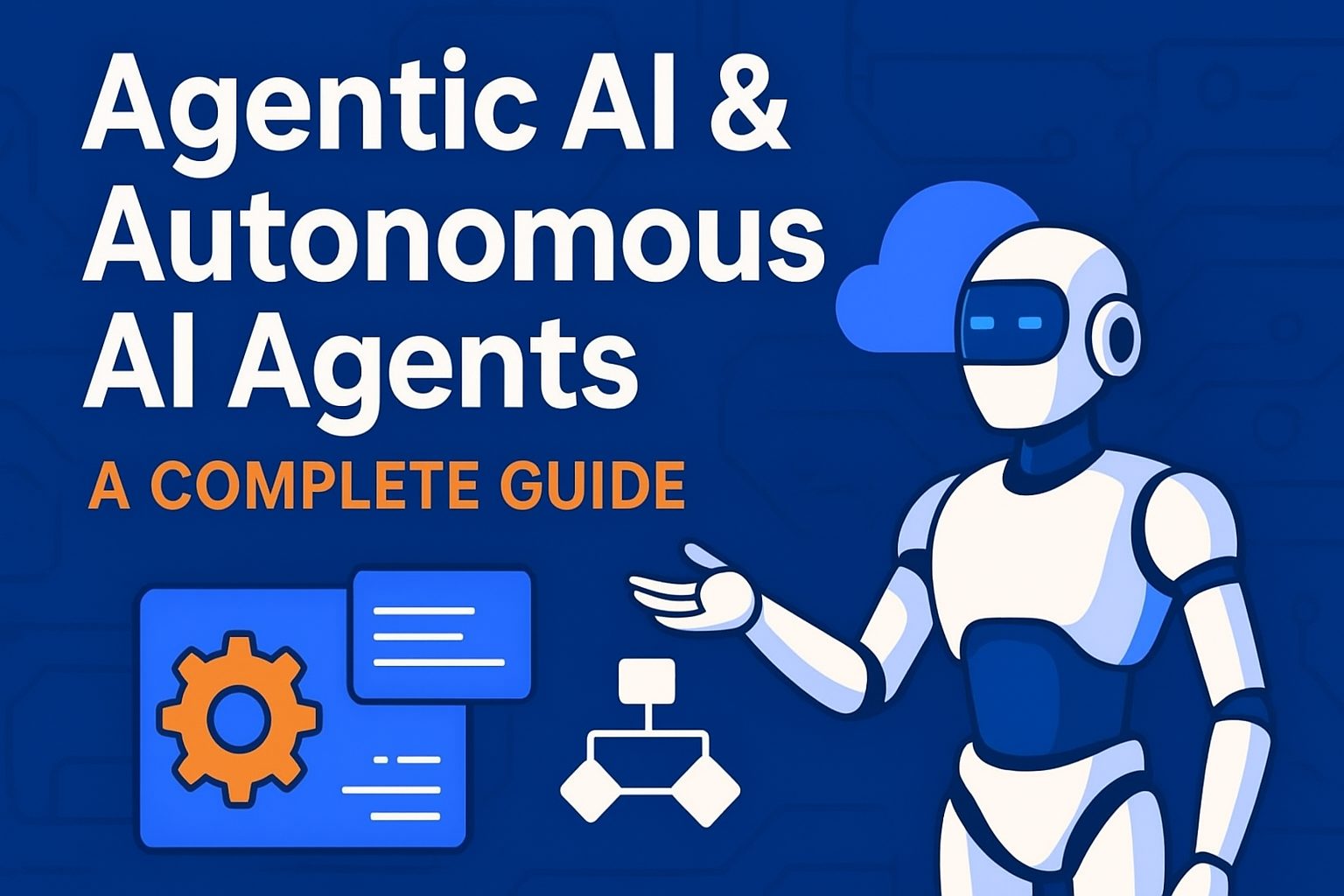In today’s digital-first world, web accessibility has shifted from being a “nice-to-have” feature to an absolute necessity. Businesses can no longer afford to ignore the 1 billion people globally who live with some form of disability. Accessibility is not just about compliance—it’s about usability, inclusion, and unlocking untapped markets.
This article explores why web accessibility is no longer optional and how prioritizing inclusive design benefits your business—ethically, legally, and financially.
What Is Web Accessibility?
Web accessibility refers to designing websites, tools, and technologies so that people with disabilities can use them. This includes people with visual, auditory, cognitive, and physical impairments. Accessibility features can include:
Keyboard navigation
Screen reader compatibility
Alt text for images
Sufficient color contrast
Captioned videos
Simple navigation structures
Making your digital platforms inclusive ensures everyone—regardless of ability—can access your content and services.
The Legal Landscape: Avoiding Costly Lawsuits
Governments worldwide are enforcing stricter digital accessibility laws. In the U.S., websites fall under the Americans with Disabilities Act (ADA). In the EU, there’s the Web Accessibility Directive. Non-compliance can lead to legal action, fines, and damaged reputations.
In fact, ADA-related website lawsuits have increased by over 300% in the last five years. Major brands like Domino’s, Beyoncé, and Winn-Dixie have all faced accessibility lawsuits. If your website isn’t accessible, you’re putting your business at risk—legally and financially.
Accessibility Is Good for SEO
Search engines prioritize user-friendly websites, and accessibility directly contributes to better SEO performance. For instance:
Alt text for images helps visually impaired users and improves image SEO.
Clean code and semantic HTML make your site easier for search engines to crawl.
Captioned videos are indexed, improving keyword rankings.
Better navigation means lower bounce rates and higher dwell times.
In short, accessibility isn’t just for users—it’s for search engines, too.
Inclusive Design Expands Your Audience
Roughly 15% of the world’s population lives with some form of disability. That’s over 1 billion people—an enormous market that’s often underserved.
By building accessible websites, you’re not excluding anyone. You’re opening the door for more traffic, more engagement, and more conversions. Accessibility helps you reach:
Aging populations with declining vision or dexterity
Users with temporary disabilities (e.g., a broken arm or eye strain)
People using assistive technologies or alternative input methods
Mobile users with poor lighting or slow connections
Every improvement you make in accessibility tends to enhance overall user experience—for everyone.
Accessibility Enhances Brand Image
Consumers today want to align with ethical and inclusive brands. Making your website accessible communicates that your company values diversity and inclusion. It tells your audience: “We see you. We care.”
This can build stronger emotional connections with your audience, foster loyalty, and even drive word-of-mouth advocacy. Your efforts won’t go unnoticed—especially in today’s socially conscious digital landscape.
Profitability and ROI: Accessibility Pays Off
Contrary to outdated beliefs, making a site accessible doesn’t have to be expensive. And the return on investment is significant:
Increased traffic: Accessible websites attract a broader audience.
Better conversions: Improved UX leads to more sales and sign-ups.
Reduced bounce rates: Easy navigation retains users longer.
Lower legal risk: Compliance helps avoid costly lawsuits.
Accessibility is not a cost—it’s a strategic advantage. Companies that prioritize inclusive design often outperform their competitors in both brand perception and financial results.
How to Make Your Website Accessible
You don’t need to rebuild your entire website overnight, but here are practical steps you can start today:
- Use Alt Text: Describe images for screen reader users.
- Keyboard Navigation: Ensure your site is usable without a mouse.
- Color Contrast: Check readability for users with vision impairments.
- Caption Multimedia: Add subtitles and transcripts to videos.
- Use ARIA Labels: Improve navigation and screen reader support.
- Perform Audits: Use tools like WAVE, Axe, or Lighthouse to evaluate accessibility.
- Follow WCAG Guidelines: These are the global standards for web accessibility.
Even small changes can have a big impact—especially for users who rely on them.
The Future Is Inclusive
Accessibility isn’t a trend—it’s the foundation of the digital future. As more businesses embrace inclusivity, those who don’t will be left behind. Whether you’re a startup, eCommerce brand, or enterprise, making your digital assets accessible is no longer optional—it’s imperative.
Remember: inclusion is not just ethical—it’s profitable. It’s time to build digital experiences that work for everyone.


